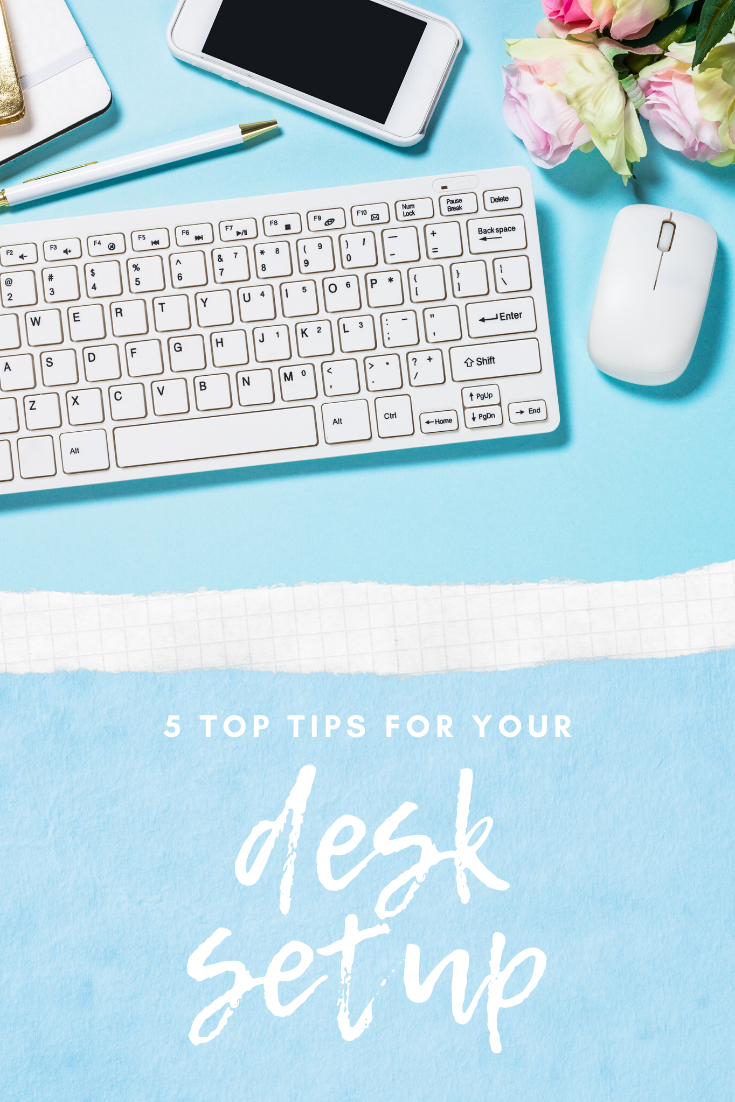
Head, shoulders, knees and toes… That’s what we’re basically talking about here today. At Pure Body Health, our aim is to have you feeling better and moving better. Yep! But furthermore, how can you continue to feel like this? Our topic here today is going to give you our best hacks for a healthier desk setup. Especially important if you’re a desk-worker, who tends to get a bit of shoulder, neck and back pain. This is for you.
When seated at a desk, where are your knees in relation to your hips? Research shows that for most people, the ideal position is to have knees slightly lower than hips. Eyes should be level with the top one third of your computer screen. Forearms level with your desktop and feet firmly placed on the ground.
Are you sitting there thinking your desk setup is not quite right? No fear! Cause I’m going to guide you through some nifty suggestions.
If you have a fixed height desk, firstly bump up or down your chair until your forearms are level with the desktop and parallel to the floor.
Secondly, check your knees. If your knees are sitting higher up than your hips, you may need to un-recline your chair. Alternatively, if you’ve already got your forearms level and the chair back is only slightly reclined (like no more than a few degrees), this may mean the desk height is not ideal for you. You may need to compromise between having the elbows up a bit higher than the desk and the chair height higher. Play around with this until you find a good compromise. Otherwise, you may need to consider a higher desk or an adjustable desk.
After looking at your chair and forearm height, I’d then look at your computer monitor. When your head and neck are in a neutral position, are your eyes looking at the top part of the screen? If not, then I’d suggest raising the height of your monitor. You could test this out by propping it up with some paper reams. If you find this beneficial, down the track you may consider purchasing a monitor stand.
Next on the list, where are your feet? Are they firmly placed on the floor? If not, then once you’ve considered all the above, if your foot soles aren’t firmly on the floor, I recommend propping them up with an angled footrest.
Finally, the MOST IMPORTANT TIP of all: MOVEMENT. As the saying goes, “Your next posture is your best posture.” And this is sooo true. We could all create the most ideal desk set up and have the most ideal posture, but at the end of the day, even static “ideal” postures are not great. You’ve probably heard the word “sedentary” thrown around a lot over the last few years, especially in relation to office work. It is certainly a health concern, but if you’re aware of this, then that is the first step.
Next came the influx of Standing desks – but these too can have their own issues i.e. you still ain’t moving if you’re standing static for long periods. Research has shown that a combination of the two, sitting and standing, may be the best bet for health. But most of all, what this comes down to is: how much are you moving?
Look at how much movement you are currently doing during your workday? Can you add more? Lots of incidental exercise is a great way to start.
Try some of these:
- Position your printer further away, where you need to walk to it
- Got a one-on-one meeting? Try going for a walk together instead
- Stand and do some leg stretches while on the phone
- Have room for an exercise mat? Then why not have one in your workspace. It will be an obvious visual reminder to move. Do a few stretches while you gather your thoughts.
- Get out in nature on your lunchbreak, or at least just get outside. Studies show time in nature helps increase work productivity and gets creative juices flowing.
What other movement habits could you incorporate into your workday?
Ultimately, I hope this helps you have decreased back and neck pain and headaches! None of us want those. We spend a lot of our time at work and it makes sense that we need these to be healthy spaces too. Your health shouldn’t only be that Wednesday night pilates class, it should be incorporated into each and every day. Even if it is just small, snippets of time.
If you have found these desk setup tips beneficial, then please share with a budding, desk-working friend.
Any questions, please send us an email here. We’d be more than happy to help with your query.

Recent Comments